


The EdgeML library provides a suit of efficient machine learning algorithms designed to work off the grid on severely resource constrained scenarios. The library allows the training, evaluation and deployment of these algorithms onto various target devices and platforms. EdgeML is written in Python using Tensorflow. We also provide experimental PyTorch support and highly efficient C++ implementations for certain algorithms.
With EdgeML, classical machine learning tasks such as activity recognition, gesture recognition, regression, and so forth can be efficiently performed on tiny devices like the Arduino Uno, with as low as 2kB of RAM. Our fast, accurate and compressed deep learning solutions solve complex time-series tasks, for instance, audio key-word detection and wakeword detection on processors as small as a Cortex M4.
This library is a product of the Intelligent Devices Expedition from Microsoft Research India. As part of this expedition we strive to push the state of the art in machine learning to enable privacy preserving, energy-efficient, off-the-grid intelligence on low resource computing devices. The EdgeML library is open sourced under the MIT License.






@software{edgeml01,
author = {{Dennis, Don Kurian and Gopinath, Sridhar and Gupta, Chirag and
Kumar, Ashish and Kusupati, Aditya and Patil, Shishir G and Simhadri, Harsha Vardhan}},
title = {{EdgeML: Machine Learning for resource-constrained edge devices}},
url = {https://github.com/Microsoft/EdgeML},
version = {0.1},
}